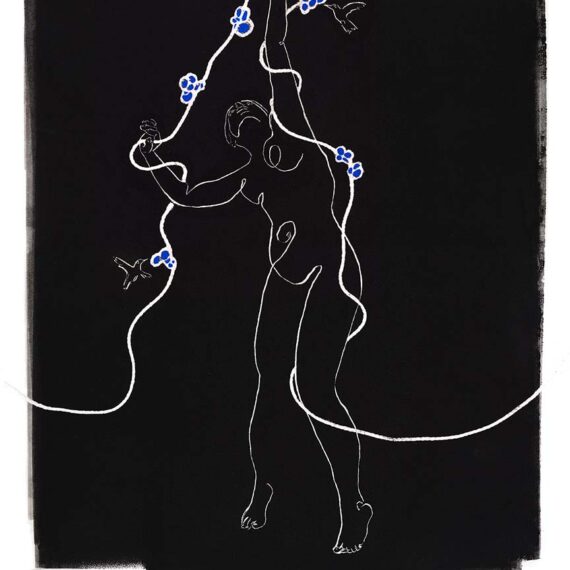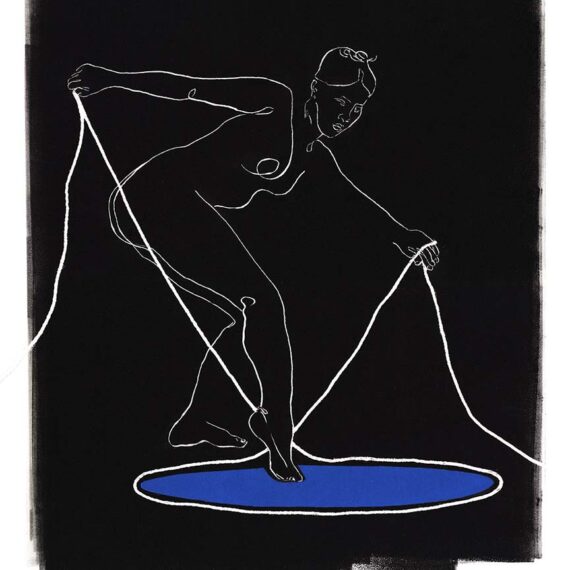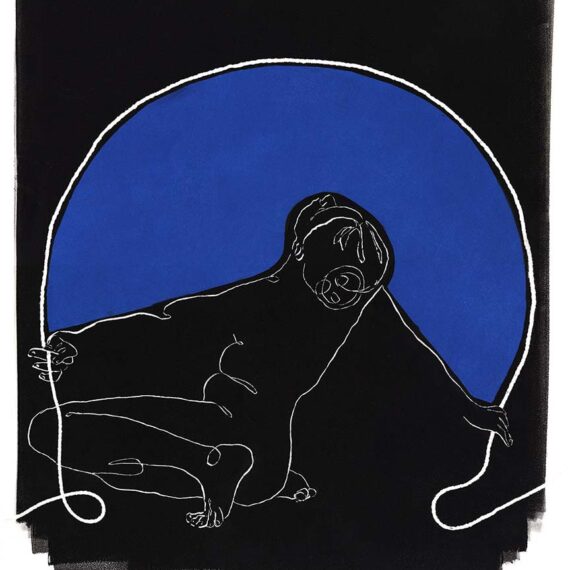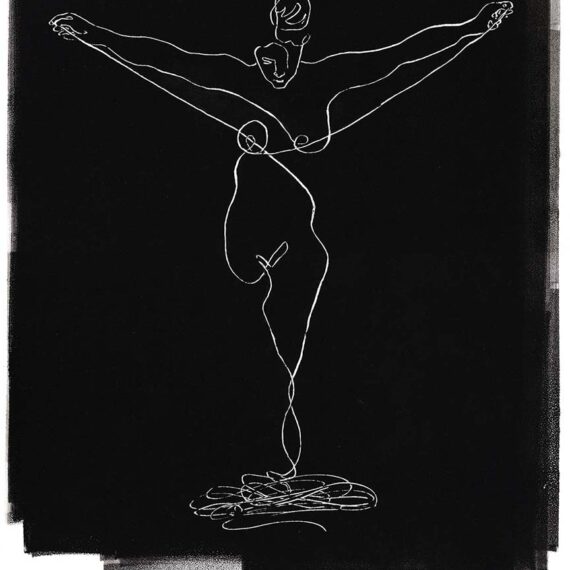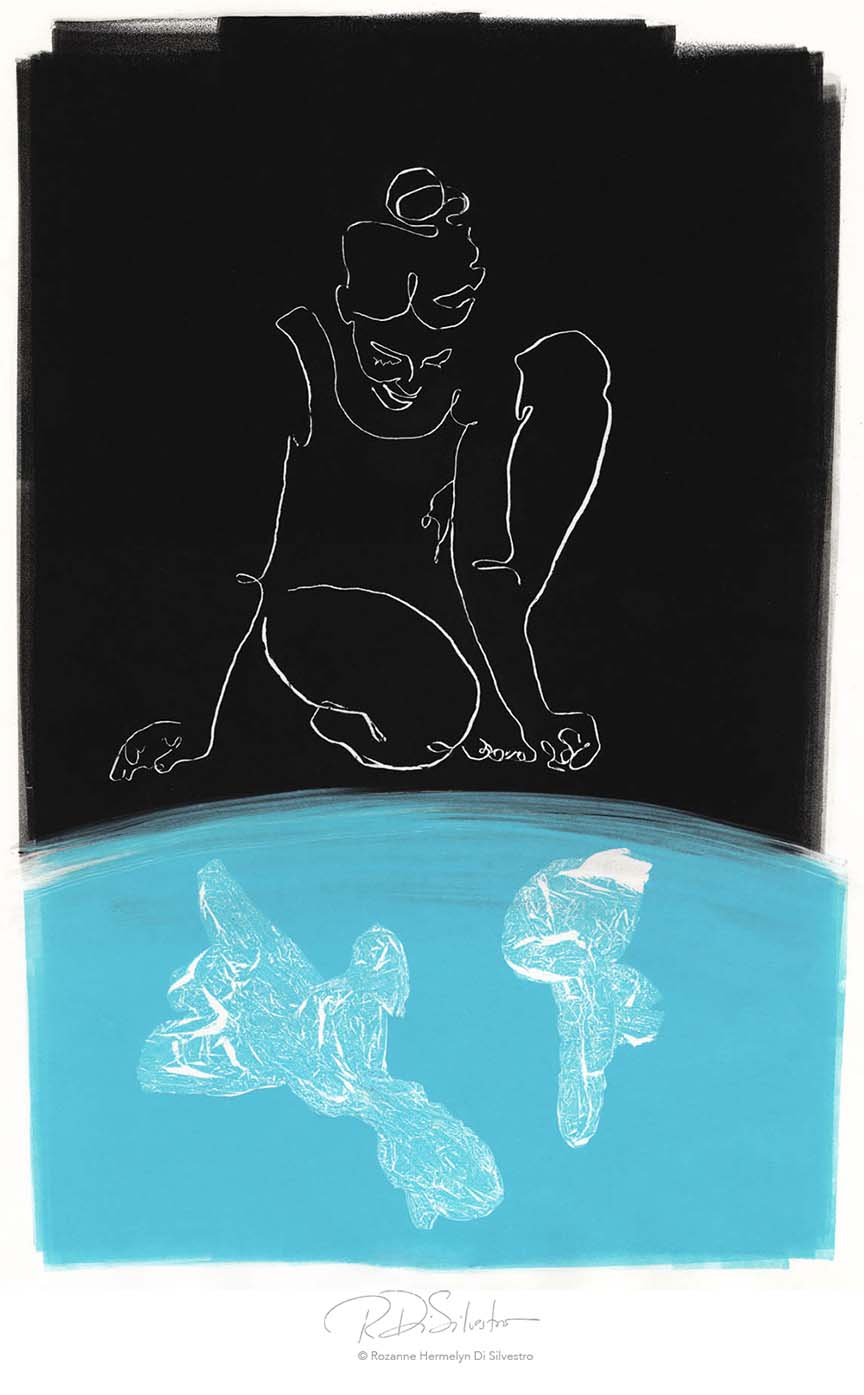
Category
Message BoardPlasticfish
Monotype, Oil, 24″ x 17.5″
Jellyfish or Plastic Bag?
Research suggests that 52% of the world’s turtles have eaten plastic waste because a floating plastic bag can look like jellyfish, algae, or other ocean species. If ingested, one plastic item can be a death sentence, causing intestinal blockages that results in starvation or can cause unnatural buoyancy that stunts growth and slows reproduction rates. Tragically, the accumulation of plastics also ends up on key nesting beaches where baby turtles are among the most at risk from plastic entanglement.


